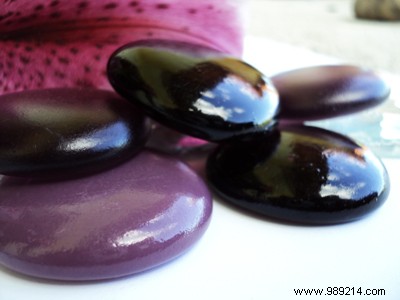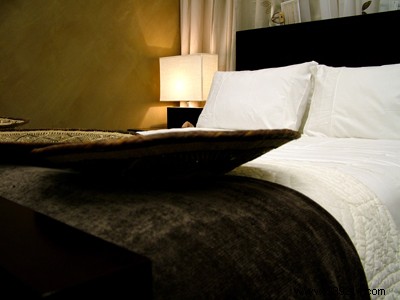
Very popular with the French for a few years, Feng Shui is increasingly used in interior design. But did you know that this age-old Chinese discipline is also a true way of life?
Today, no precise date is known as marking the creation of Feng Shui. However, we know that this discipline is of Chinese origin and was practiced for the very first time in the Yangshao region, around 4000 years before Christ. Located in the northern part of China, this province bordered the Lo, a river particularly famous for its devastating floods. And according to legends, the genesis of this discipline goes back to a shaman king named Fu Hsi.
The little story? Using his powers to divert the water from the river to the residential areas, the person concerned suddenly saw a turtle emerging from the water. Fu Hsi would then have been particularly fascinated by the very unusual patterns of white and black dots on the animal's shell. Forming numbers and arranged in grids, the sum of the points always gave the same result, namely the number 15 and that, whether the addition was done vertically, diagonally or horizontally. Thus, it is from these eight trigrams that the legendary Lo Shu magic square will be born which, let us remember, is one of the fundamental bases of Feng Shui.
At its beginnings, this thousand-year-old art was then called Kwan Yu and only inherited its current name around the year 265 at the time of the Jin Dynasty. . Subsequently, from 618 to 1279, the practice of Feng Shui spread throughout China through the efforts of emperors belonging to the Song and Tang dynasties. It was also during these periods that the many schools of Feng Shui opened their doors. The most famous of these are the establishments launched by Yang Yun Sun and Xu Jen Wang. On the other hand, it will be necessary to wait until the sixties for the discipline to be known to Westerners. First in the United States, then in Europe and then gradually in the rest of the world.

Literally meaning wind and water, Feng Shui is based on four fundamental precepts. Representing balance and perpetual change, the first is Yin and Yang and draws much inspiration from Taoism, in particular from the Yi Jing book of transformations. The second principle is based on the five elements, namely Wood (mu), Water (shui), Fire (huo), Metal (jin) and Earth (shui). Defined as the very pillars of this discipline, these elements are at the origin of the transformation of vital energy.
But these five phases also correspond to the 4 seasons and the off-season. Bringing together the 8 Trigrams, the third component of Feng Shui is the Ba Gua. Finally, the last and arguably most important principle is Chi. Also called Qi, the vital breath symbolizes universal energy and strength. Moreover, it is the good circulation of Chi which is especially a question when applying the precepts of Feng Shui in its interior. Many are, in fact, the benefits that can be derived from it if we follow its recommendations to the letter.
Therefore, well applied, Feng Shui will influence the physical well-being and psychology of the inhabitants of a house and Feng Shui is quite suitable for a bedroom. In addition, Kwan Yu also helps drive away bad vibrations that cause stress and anxiety. Thus, for example, it is not recommended to overload your house or apartment with furniture. Also, windows should always be left wide open and every room in the house should be well lit.